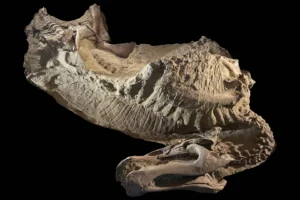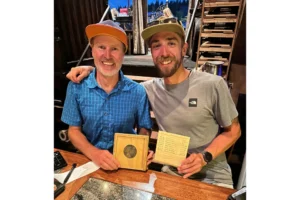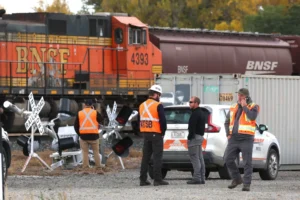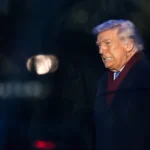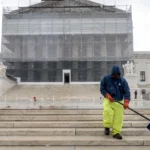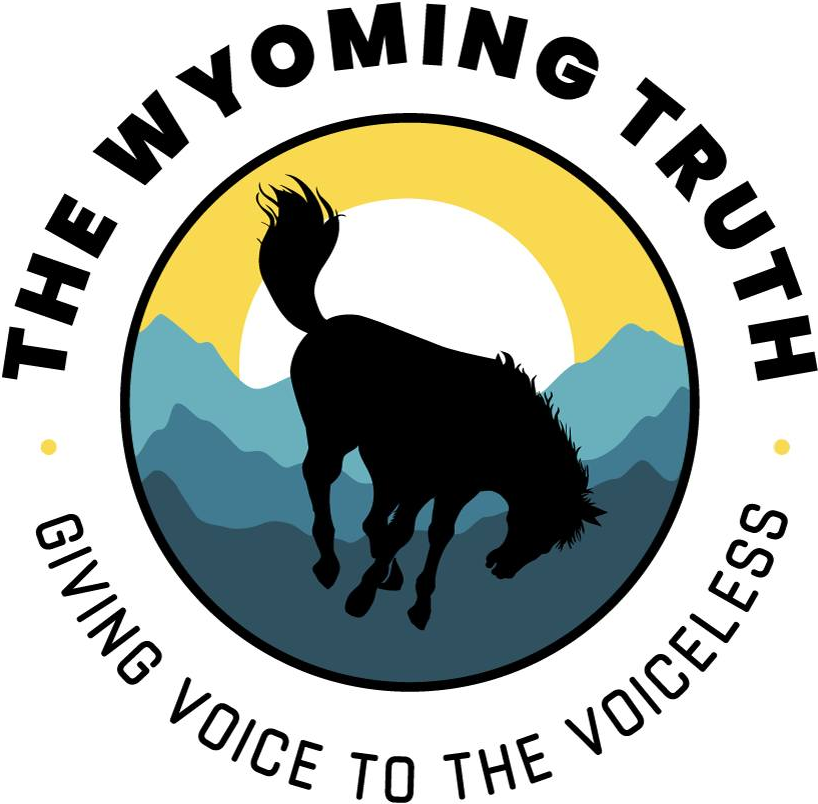Grand Teton National Park Hosts Native American Creatives, Experts to Build Bridges
Summer-long lineup of Indigenous presenters fosters cultural connection with visitors
- Published In: Other News & Features
- Last Updated: Jul 16, 2023

Debbie Rattling Leaf, a member of the Northern Arapaho, will showcase her bead work at the American Indian Guest Artist Program this week. Debbie’s husband, James, is a member of the Lakota tribe and will present on Indigenous Star Knowledge on July 22 at the Colter Bay Amphitheater. (Courtesy photo from Debbie Rattling Leaf)
By Melissa Thomasma
Special to the Wyoming Truth
James and Debbie Rattling Leaf eagerly anticipate a special trip every summer: driving eight hours west from their home in Sioux City, South Dakota to Grand Teton National Park. Not only do they look forward to sharing their Indigenous culture and histories with park visitors, but they also relish the chance to strengthen their ancestral connection to the place.
As Lakota and Arapaho people, the couple “have historical ties to the Grand Tetons. So in my mind, we’re coming home in a way as Indigenous people to these places,” said Rattling Leaf. With them, they bring Debbie’s expertly-crafted beadwork, James’ storytelling and celestial expertise, and a deep understanding of their tribes’ ongoing relationship with the region.
Alongside other family members, the Rattling Leafs are part of the American Indian Guest Artist Program and Speaker Series hosted at the Colter Bay Visitor Center on the shore of Jackson Lake. Beginning July 18, they will share their skills, wares and wisdom through educational and interactive experiences.
The speaker series will showcase 17 evening programs, with topics including traditional sign language, storytelling, music, dancing and drumming. Rattling Leaf’s July 22 presentation will focus on Indigenous Star Knowledge; last year, his talk drew over 200 guests. He called it “a framework to help us understand our connection to the stars and to the land.”
Diversity of Indigenous perspectives
Colter Bay has a long legacy of interpreting Indigenous connections to Grand Teton National Park and the surrounding landscape. For over four decades, it has been home to the Colter Bay Indian Arts Museum, showcasing the extensive David T. Vernon collection and representing tribes from across the continent, said Katie Tozier, the Colter Bay District Interpreter.
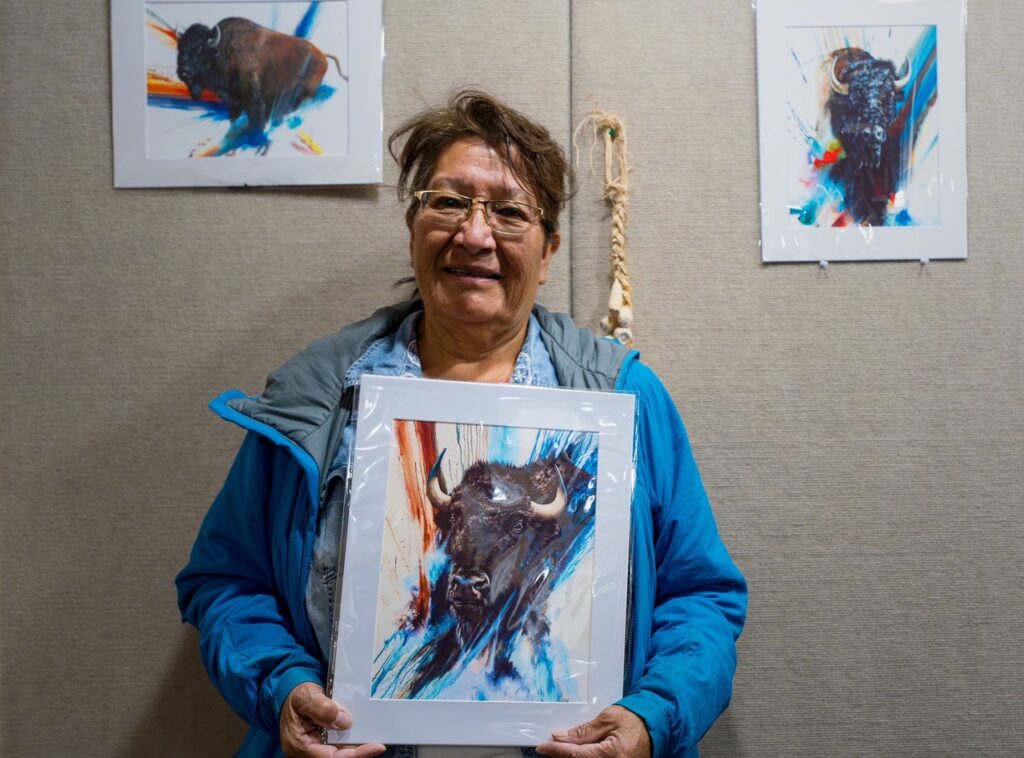
The American Indian Guest Artist Program has honored traditional and contemporary art of indigenous painters, weavers, bead workers and instrument makers since the mid-1970s.
Grand Teton National Park and the adjoining John D. Rockefeller Jr. Parkway are homelands of 24 tribes with ancestral and cultural connections to the region, including the Shoshone, Northern Arapaho, Assiniboine, Goshute, Paiute and more. Showcasing this broad diversity is a key goal of the program.
“We hope that these opportunities to learn about various cultures, through art and demonstration, will help us all to appreciate the unique gifts that each person and group of people contribute to the rich tapestry of diversity that makes the United States beautiful,” Tozier told the Wyoming Truth.
Authentic knowledge, genuine voices
The Rattling Leafs, who have participated in the program for the past three years, recognize the benefits of the summer-long showcase.
“We take these opportunities to share what we know with the general public because we know that they don’t know,” said Rattling Leaf. “I applaud the national parks for inviting us into the space to share our knowledge about, again, the land, stars and culture and how they all work together.”
Debbie, a member of the Northern Arapaho tribe and expert at handcrafted beadwork, will both demonstrate the traditional skill and sell some of her distinctive earrings, necklaces, hat bands and more. When she was laid off from her job at the local sheriff’s department during the COVID-19 pandemic, she delved deeper into her art.
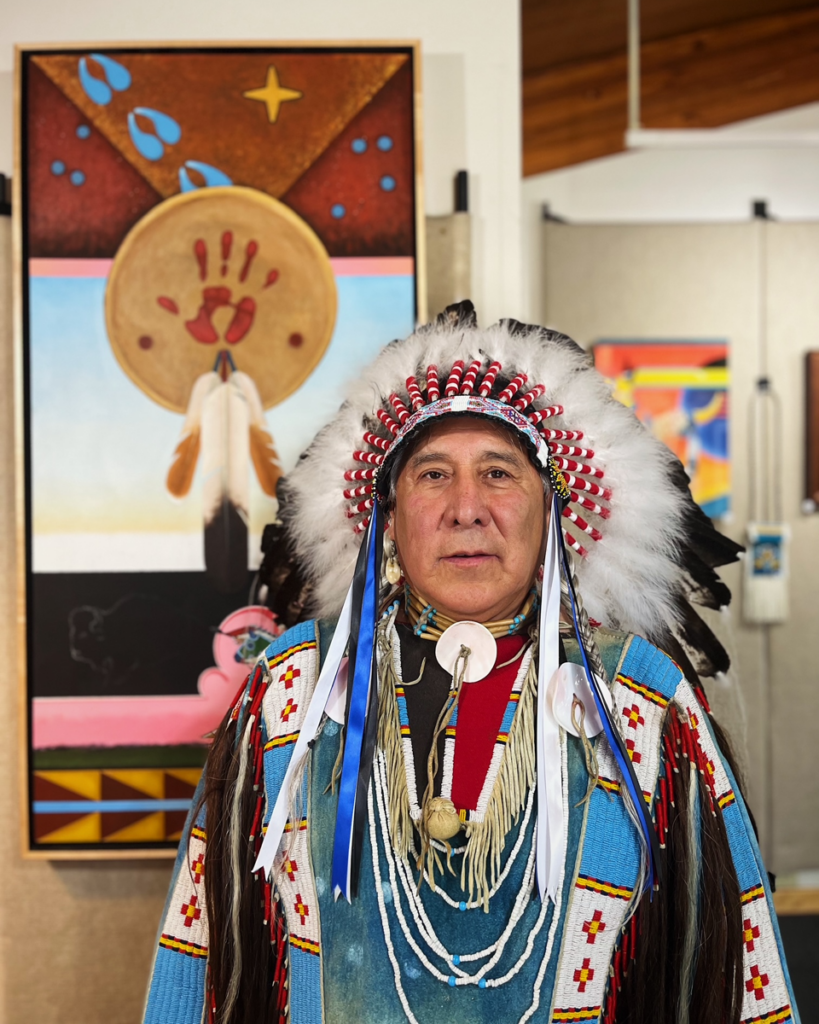
“I grew into doing more arts and learning about more of my culture, my ways,” she said. “I prepare for our week at Colter Bay the whole year, because it takes a long time to create these things. It’s not something I just whip up or it came from China.”
Rattling Leaf underscored the importance of showcasing authentic Indigenous art and crafts to enhance public appreciation — not appropriation — of Native cultures. In alignment with the federal Native American Art Act, he said: “I’m glad the Park Service makes this available for artists, American Indian artists, and not replicas. It’s important to protect artists like Debbie and her work so that it can’t be copied or infringed upon by other groups around the world.”
Living, breathing cultures
The Rattling Leafs and Tozier said the program enables visitors to learn that the Indigenous relationship to the land — and Indigenous cultures themselves — are not historical relics, but instead ongoing connections.
“All too often, these stories are told in a past tense, implying that Native American and American Indian connections are things of the past. Not so!” said Tozier.
Added Rattling Leaf: “We’re a modern Lakota culture. Today, though we have historical cultural symbols and customs and art, we also live in a modern world. When people come, we get to interact with them. They ask questions about our cultures today, and we share that with them openly. Those are good times and places for people to learn more about us, things that they won’t get in a book or in a school.”
The Rattling Leafs also appreciate the opportunity to rebuild their relationship to their ancestral lands and seek to amplify their voices when it comes to stewarding the landscape.
“Our hope is that the National Park Service will see more opportunities to grow together to participate in things at the national park, like management and things like that,” he said. “I think that’s coming.”
Artists will be at the Colter Bay Visitor Center, open daily from 8 a.m. to 5 p.m.
Speaker series presentations, which are free and open to the public, begin at 7 p.m. at the Colter Bay Amphitheater.



